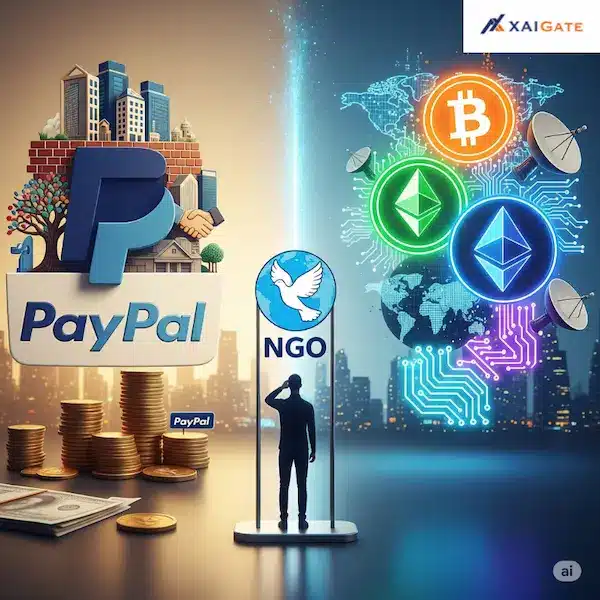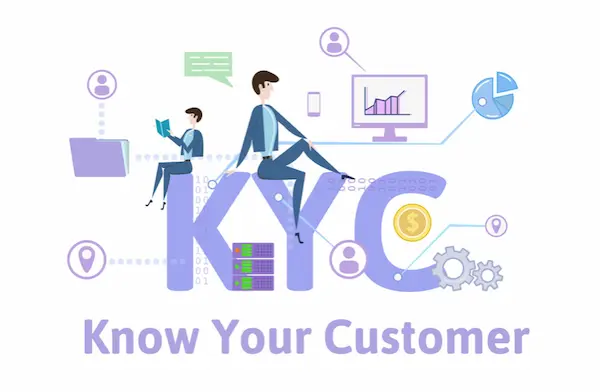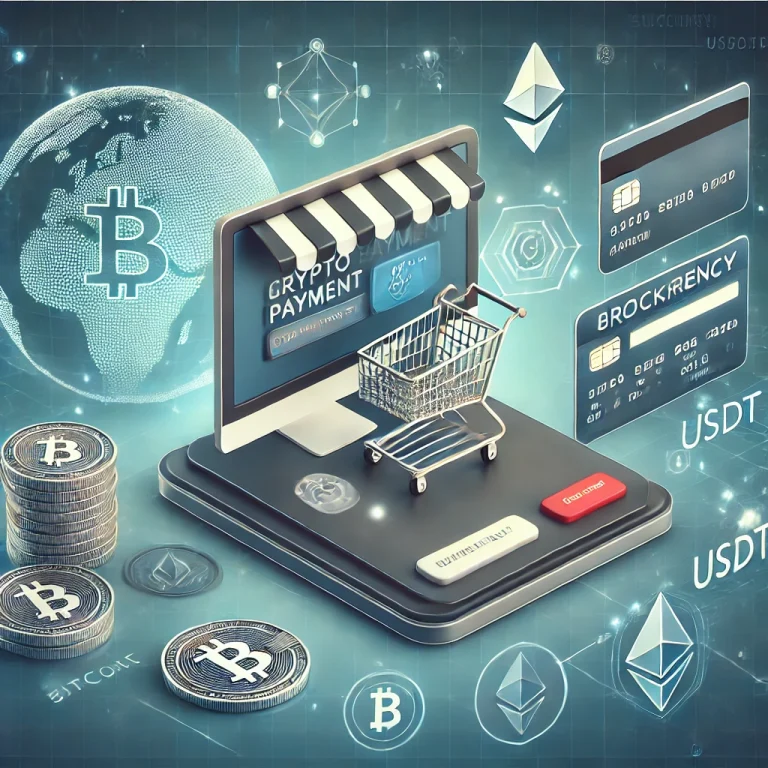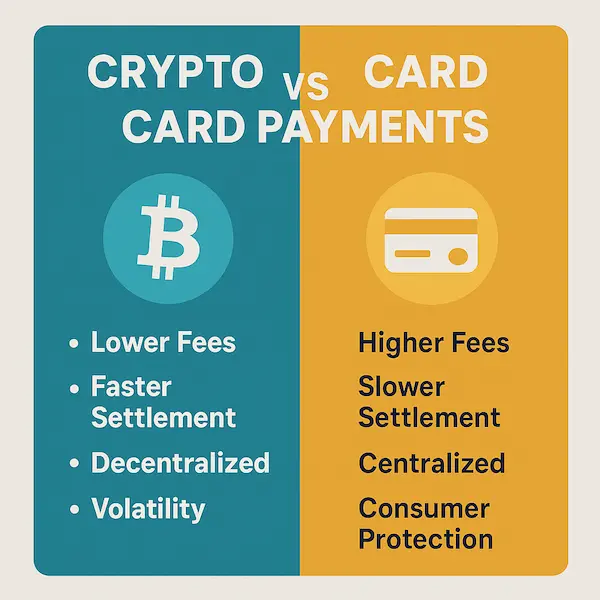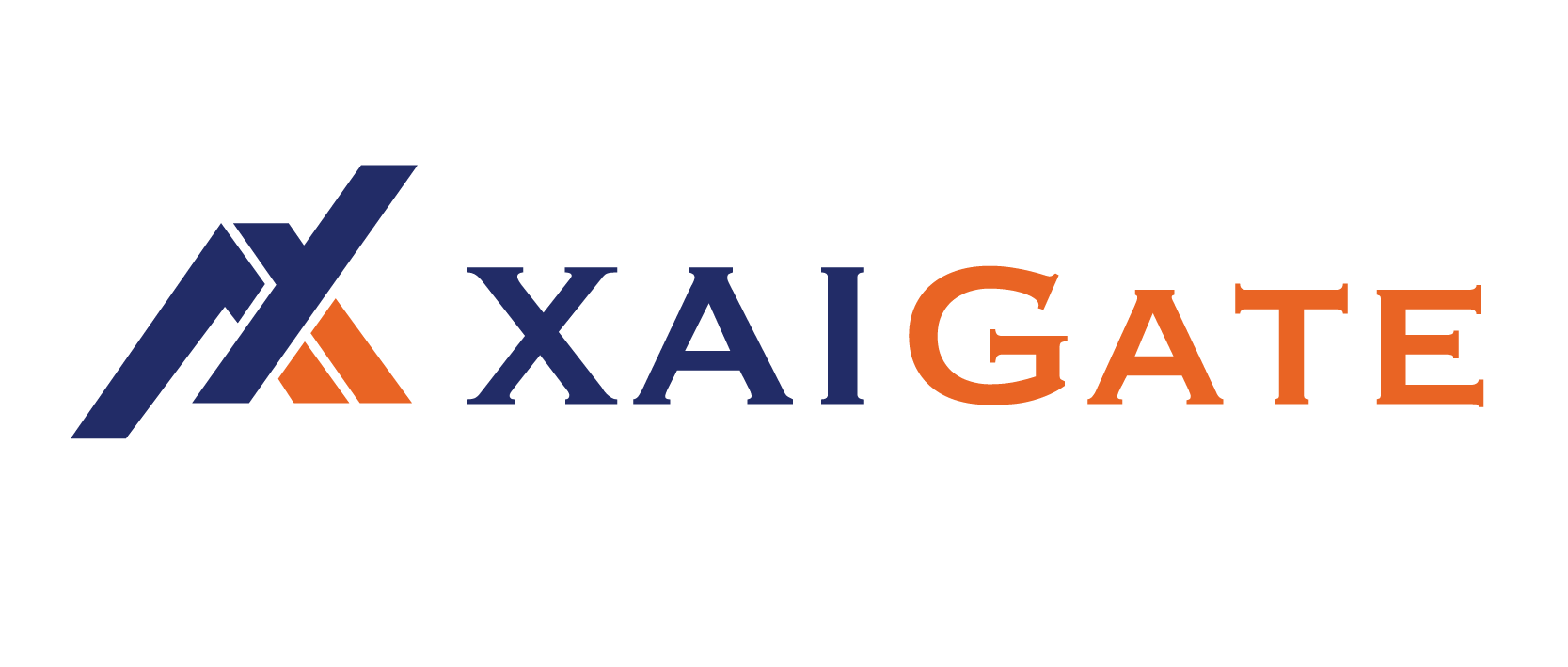The world right now is extremely digital. The process of how people give funds has drastically changed. For NGOs, it becomes both an immense opportunity and an equally daunting challenge. Having an online donation facility is not something fancy anymore; it has become a basic need. The choice of a payment gateway makes a huge strategic impact on issues ranging from your expenses to engagement with beneficiaries. By 2026, two big fishes will be swimming in the digital donation pool: long-time giant PayPal and the relatively new but game-changing concept of cryptocurrency. For most NGOs, the burning question is not about whether they would plunge into digital giving but rather which among these two mighty platforms they should use.

Contents
- 1 The Evolving Landscape of Digital Donations
- 2 Understanding the Contenders: Crypto and PayPal
- 3 A Head-to-Head Comparison: Crypto vs PayPal
- 4 Integration and Usability for Your NGO
- 5 Success Stories from Both Sides
- 6 Making the Right Choice for Your Organization in 2026
- 7 FAQs – Crypto vs PayPal
- 8 Final Thoughts: Is Crypto the Future of Digital Payments?
The Evolving Landscape of Digital Donations
The Rise of Digital Giving: A Paradigm Shift
The days when donations were made in cash and checks are long gone, though not completely forgotten for some modern charities. People expect to be able to donate with just a few clicks from their smartphone or computer, and that is the standard today. Because of global events, new avenues have opened up that allow NGOs to reach into the home of every potential donor on this planet. Online giving is easy and accessible; net peer-to-peer fundraisings, crowdfunding campaigns, and recurring donation programs are booming. However, with this digital revolution come new considerations in terms of security as well as transaction costs and preferences.
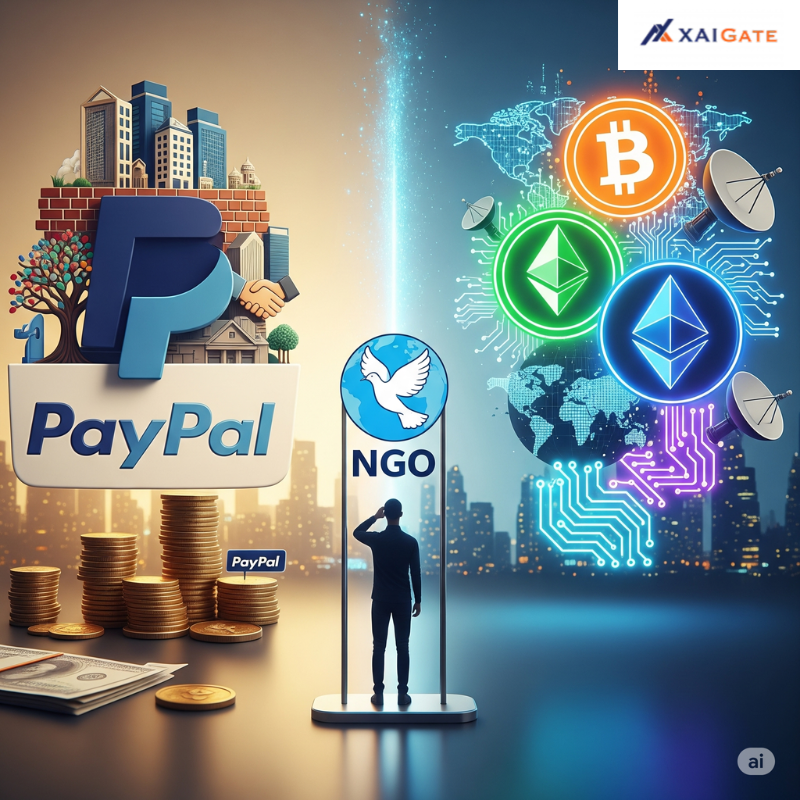
Choosing the Right Payment Gateway: A Critical Decision
A payment gateway is the heart of a digital strategy for an NGO. It is not only about ensuring payments go through but also about convincing donors that their money and personal information will be safe by providing seamless, secure, and trustworthy experiences. The platform selected properly would reduce administrative burden and costs while strengthening supporter relations. On the other hand, if done incorrectly, it increases the chances of lost donations due to security vulnerabilities or unprofessionalism becoming attached to your organization. All this brings us back to why there should even be a debate between Crypto vs PayPal right now since both offer quite strong yet immaculately different sets of advantages and disadvantages that have to be weighed against what an NGO requires plus its goals.
Understanding the Contenders: Crypto and PayPal
To make a good choice, it’s key to know the main uses and basic ideas of each option. On͏e is a common, set-up money service while the other is a spread-out, new tech.
PayPal: The Trusted Veteran of Online Payments
PayPal has been the base of online money for many years. Its name is known by nearly everyone, and its layout is well-known to lots of users all over the world. For a lot of people, being able to give through PayPal equals safety and trust.
- How PayPal Works for NGOs: NGOs can easily open and manage a PayPal Business or Charity account. With this set-up, they could incorporate on their websites a “Donate” button, send out payment links, or receive contributions directly through the PayPal service. Charities registering enjoy lower transaction fees, a benefit that will appeal greatly to such budget-conscious organizations. Any funds received are held in the NGO’s PayPal account and can later be transferred to a bank account that is linked.
- Advantages of Using PayPal for Donations
- Brand Recognition: People across the globe know and trust the name of PayPal, so it can increase conversion on donation pages.
- Ease: A user-friendly process, which is set in motion with hardly more effort than one click for PayPal users.
- User Base: The Incentive’s accessibility is not limited to the number of people present at an appeal event but spans to the total number holding accounts at the platform. Millions of people hold PayPal accounts.
- Security: PayPal has established securities against fraud and ensures the safety of the donor as well as the funds received by organizations operating under it.
- Lower Charges: All in all, the charges are not cost free, but there is a discount in transaction charges for registered non profit-making organizations which really would be very beneficial.
- Drawbacks of PayPal
- Centralized Power: PayPal can take the power to freeze assets, and also hold onto funds if they suspect some sort of ‘fishy’ business going on or in case of an argument; this can really disrupt an NGO’s cash flow.
- Transaction Fees: There still are fees on each donation, though at a much-reduced rate for charities. These are not large but can add up over time.
- Chargebacks: Donors can ask for chargebacks, creating a rather expensive and time-consuming process for NGOs to handle.
- Geographic Limitations: Though wide, PayPal does not serve some nations, which can impede fundraising internationally.
Cryptocurrency: The New Frontier of Philanthropy
Cryptocurrency- spearheaded by Bitcoin and Ethereum was able to break away from being a fringe technology and become an asset class in the mainstream. This has given rise to a new wave of digitally native donors who would like to give back using their crypto holdings.
To be able to receive crypto donations, an NGO has to set up a digital wallet. This will be the public address where donors send their cryptocurrency. Since it’s a direct, peer-to-peer transfer from the donor’s wallet to the NGO’s wallet, the process is easier. Once received, the NGO can keep it as an asset or immediately convert it into any fiat currency such as USD or EUR through a crypto exchange.
- Reasons for NGO Uptake of Crypto
- Lower Transaction Fees: Most cryptocurrencies carry very minimal transaction fees, more so in the case of large donations.
- International Scope: Since crypto transcends borders, an organization can receive a donation from any corner of the globe. This opens up previously inaccessible international fundraising markets.
- More Transparency: Since crypto works on a public ledger (blockchain) system, it offers to provide an extremely transparent and immutable record of transactions.
- Drawing in a Fresh Crowd: Crypto gifts draw a younger, more tech-smart group of givers who might not be touched by standard ways of raising funds.
- Hardships of Blending Crypto Gifts
- Wild Swings: The worth of cryptocurrencies can change greatly, meaning a gift of a certain value could be worth much less (or even more) when it is turned into fiat money.
- Technical Complexity: It can be technically challenging to set up and manage a crypto wallet and an exchange for organizations that do not have the right expertise.
- Regulatory Uncertainty: Since the regulatory environment around cryptocurrencies is still evolving, this can pose legal and compliance challenges to NGOs.
- Donor Familiarity: The common donor is still not familiar with cryptocurrency; hence, this becomes a barrier to adoption.
A Head-to-Head Comparison: Crypto vs PayPal
To truly decide between these two donation methods, it’s helpful to compare them side-by-side on several key factors.
Transaction Fees: A Closer Look
Transaction fees are a major consideration for any NGO, as every dollar spent on fees is a dollar not spent on the mission.
| Feature | PayPal | Cryptocurrency |
| Fee Structure | Percentage-based fee (e.g., 1.99% + fixed fee for charities) | Varies by network congestion; often a flat, small fee per transaction |
| Impact on Small Donations | Fees can eat into a significant portion of small donations | Fees are often negligible, making small donations more impactful |
| Impact on Large Donations | Fees can become substantial on large donations (e.g., 1.99% of a $10,000 donation is $199) | Fees are generally the same for a large donation as for a small one, leading to significant savings |
| Conclusion | PayPal’s fees, while reduced, are a consistent cost. Crypto can be more cost-effective for larger donations. |
Speed and Transparency
How quickly funds are received and how transparent the process is can be critical for both donors and NGOs.
| Feature | PayPal | Cryptocurrency |
| Donation Speed | Instantaneous; funds appear in the PayPal account immediately | Can be nearly instantaneous to a few minutes, depending on the specific blockchain |
| Fund Availability | Funds must be transferred from the PayPal account to a bank account, which can take 1-3 business days | Funds are immediately available in the crypto wallet, but converting to fiat currency can take time |
| Transparency | Private transactions; only the donor and NGO see the details | Public, verifiable transactions on the blockchain; anyone can see the transaction but not the identity of the sender/receiver |
| Conclusion | Crypto offers greater transparency for a donor concerned about where their funds are going, while both are fast. PayPal’s fund transfer to a bank account can be a delay. |
Donor Demographics and Accessibility
Understanding your donor base is key to choosing the right platform.
| Feature | PayPal | Cryptocurrency |
| Target Audience | Broad, mainstream audience; generally older and more familiar with traditional banking | Younger, tech-savvy, and digitally native audience; often existing crypto holders |
| Ease of Use for Donor | Extremely easy and familiar; requires only a few clicks or a pre-existing account | Requires the donor to have a crypto wallet and be comfortable with sending transactions |
| Market Penetration | Global but with some regional restrictions | Truly global, without borders, but adoption is still growing |
| Conclusion | PayPal is the clear winner for reaching a broad, mainstream audience. Crypto is ideal for targeting a specific, new demographic of donors. |
Security and Regulatory Considerations
Security is central to the maintenance of donor trust. PayPal and crypto have different approaches to security and regulation.
- PayPal security is centralized and based on its own proprietary systems. It is highly regulated by financial authorities adding a layer of legal and financial protection but also makes it be under the same centralized control discussed above. Donors are also protected under PayPal’s purchase protection policies.
- Cryptocurrency: In the world of crypto, security is based on cryptography and the decentralized nature of the blockchain. It means secure transactions that are immutable and tamper-proof against any kind of fraud. The security of the wallet shall solely be the responsibility of the NGO. If the private keys to the wallet get lost or stolen, there will never be any funds, ever again. The regulatory environment for crypto is still evolving which can create compliance challenges, especially concerning reporting and anti-money laundering (AML) laws.
XaiGate is redefining digital commerce through its advanced crypto payment gateway, enabling companies to accept cryptocurrency with ease.
Integration and Usability for Your NGO
Apart from what a donor goes through, an NGO should look at the easy aspects of bringing in and taking care of the donation system.
Technical Integration and Setup PayPal
- Creating a PayPal donation button is very easy. It can be done within minutes with just a few clicks and a small piece of code. Most website builders as well as fundraising platforms offer built-in PayPal integrations making the process smooth.
- Cryptocurrency: The integration of crypto donations is more involved. It entails the setup and security of a crypto wallet, manually or with the help of a third-party service-in particular, a crypto payment processor. These processors can make things much more comfortable but also impose their own fees.
Accounting and Reporting
- PayPal issues monthly statements and detailed transaction records to make accounting and financial reporting easy. The funds reflect a familiar fiat currency, hence very easy to track and report.
- Cryptocurrency: A major challenge that may set in is volatility. The value of the donation is never pegged to a particular amount; rather, it shall be reported at the value received on the particular day it was received. NGOs will have to work with accountants having knowledge about crypto assets and applicable tax implications.
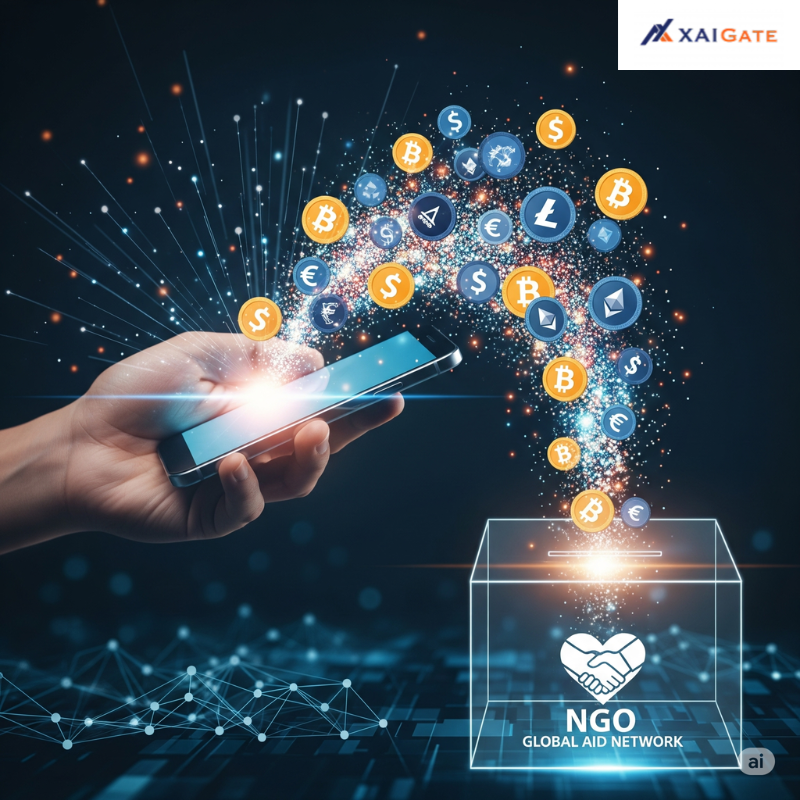
Success Stories from Both Sides
Examples from the real world show how each platform’s benefits work in practice.
NGOs Succeed Using PayPal
Most of the biggest world-charities from the Red Cross to UNICEF have been using PayPal for years. Their success stories have been founded on platform reliability, brand trust, and wide accessibility ‘tapping into a massive donor base with minimal friction. The minor reduction in donation value from fees is an acceptable cost for the volume and ease of donations received for them
Pioneering NGOs in the Crypto Space
Such early players have been organizations like The Water Project and Save the Children. They were quick to find out that accepting crypto would not just bring in new donors but new donors would be making large, low-fee donations. For example, The Water Project used donations in cryptocurrencies to support certain water projects on the ground. Donors liked it due to the transparency of the blockchain in seeing their funds at work.
Making the Right Choice for Your Organization in 2026
So, how does an NGO decide which is better? The answer isn’t simple either/or.
A Hybrid Approach: The Best of Both Worlds?
A hybrid strategy will work best for many organizations in 2026 wherein the presence of both PayPal and cryptocurrency as options available for donations will cover the entire donor base of any NGO. The typical traditional donor prefers to use an option that is not only familiar but also easy, while crypto attracts new, tech-savvy donors. This strategy ensures that the NGO does not lose any of its existing support while betting on future growth.

- Things to Think About Before Deciding
- Think about these questions before you make your final choice:
- Who are your main givers?
- Do you know how to handle a crypto wallet and its risks?
- Can your money systems deal with the ups and downs of crypto and its need for reports?
- Is cutting deal fees key for your group’s money health?

The war of Crypto Vs PayPal isn’t one of good and evil but rather a testament to the eclectic and ever-growing universe of digital finance. Quick, low-risk, widely-accepted means for gathering/increasing donations; that is what Crypto offers to NGOs who stick with normal traditional donor bases. Removal of fees coupled with transparency and a general feeling among the new generation toward philanthropy draws an interesting proposal from Cryptocurrency. The most neo-NGOs will probably say yes to both by offering a hybrid model maximizing their reach and funding potential. It’s not about one over the other; it’s about smart integration of both into an all-encompassing, holistic fundraising strategy that is resilient enough to accommodate the constant flux in digital landscapes.
FAQs – Crypto vs PayPal
1. Why do some people prefer crypto over PayPal for payments?
Because crypto gives users direct ownership and low-cost global transfers without needing banks or approvals. PayPal is easy, but still charges high fees and controls your funds.
2. Is it cheaper to use cryptocurrency than PayPal?
In many cases, yes. Crypto networks like Bitcoin Lightning or stablecoins can charge under 1% per transaction, while PayPal takes 2%–5%, especially across borders.
3. Can PayPal block or reverse a transaction?
Yes. If there’s a dispute, PayPal can freeze your account or reverse funds without your consent. With crypto, once a payment is confirmed, it’s final and can’t be taken back.
4. Which is faster: sending crypto or using PayPal?
Crypto can settle in under 1 minute, especially with fast networks or layer 2 tech. PayPal is fast domestically, but international withdrawals can take 1–3 business days.
5. Do I need to show my ID to use crypto?
No. Most crypto wallets don’t ask for ID, making them ideal for users who value privacy. PayPal, in contrast, requires full KYC and banking info.
6. Is crypto safer than PayPal for online payments?
It depends. Crypto removes chargeback fraud and gives you full control, but there’s no customer service if you make a mistake. PayPal helps with disputes, but it’s also more vulnerable to account freezes.
7. Which one is better for freelancers or global businesses?
Crypto often wins—instant cross-border payouts, low fees, and no third-party risks. PayPal is convenient, but can limit or delay payments, especially for high-risk countries.
8. Can I use both crypto and PayPal on my website?
Yes. Many merchants now offer both—crypto for privacy-focused users and PayPal for those who prefer traditional methods. This gives customers more flexibility.
9. Why do businesses still stick to PayPal instead of crypto?
Mainly due to familiarity, easier refunds, and customer trust. Crypto adoption is rising, but some still view it as complex or volatile—even though stablecoins solve this issue.
10. Will crypto replace PayPal in the future?
Unlikely to fully replace it, but crypto will co-exist and complement platforms like PayPal. As users seek more control and lower fees, crypto adoption will continue growing alongside traditional fintech.
Final Thoughts: Is Crypto the Future of Digital Payments?
While PayPal still dominates mainstream online payments, crypto is quickly rewriting the rules. In just a few years, we’ve gone from fringe tech to borderless, censorship-resistant payment systems that give users full control.
As digital privacy, lower fees, and financial sovereignty become global priorities, crypto is no longer just an alternative—it’s a statement. A movement.
The real question isn’t “Crypto vs PayPal”—it’s how long until both must co-exist… or until crypto redefines what online payment means entirely.
2026 is shaping up to be the tipping point. Businesses are adopting faster than regulators can keep up. Users are demanding freedom. And the tools are finally ready.
Whether you’re a startup, freelancer, or global brand, you can’t afford to ignore crypto anymore. It’s not about choosing sides—it’s about preparing for the shift.
For daily updates, subscribe to XAIGATE’s blog!
We may also be found on GitHub, and X (@mxaigate)! Follow us!

